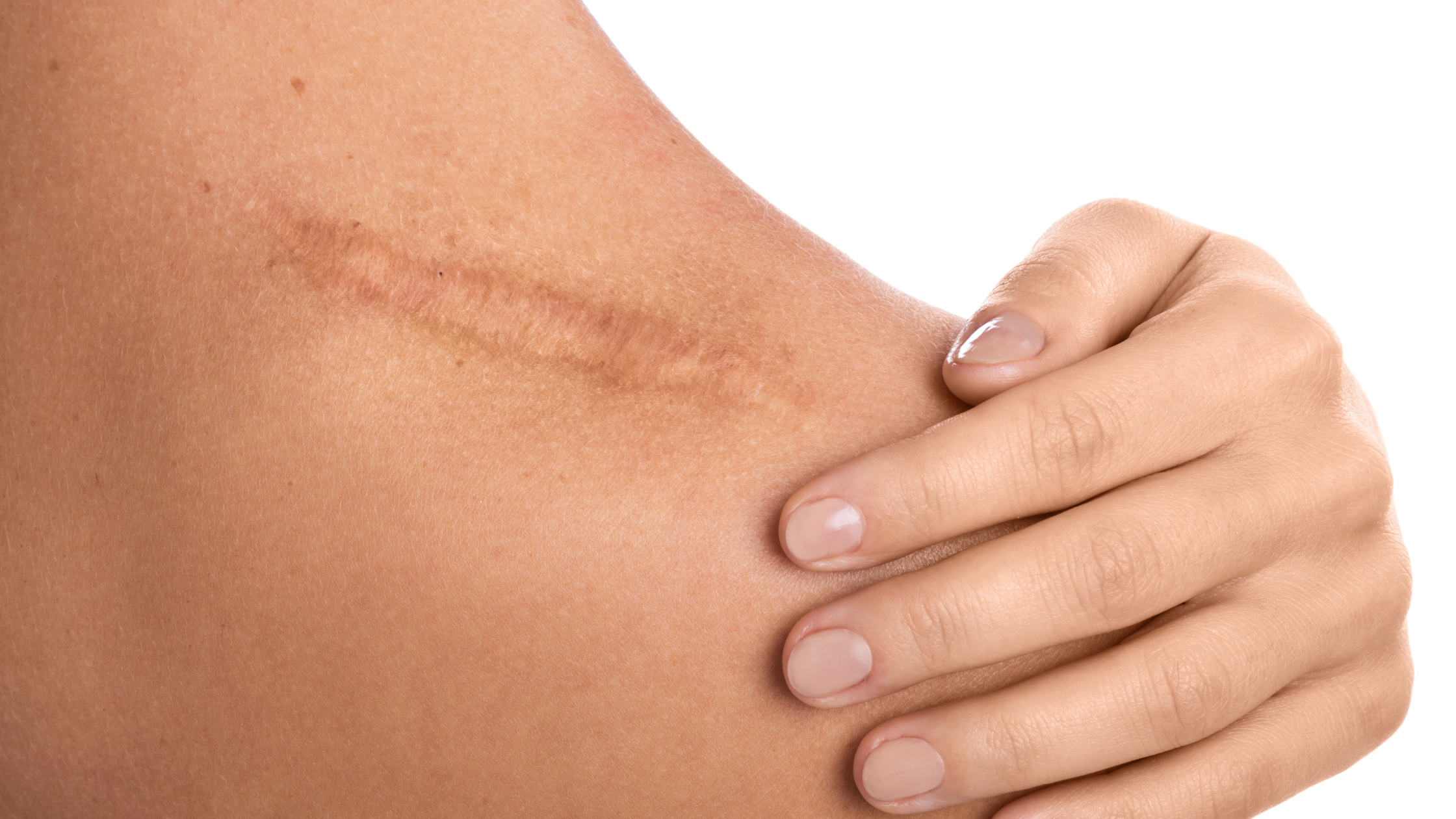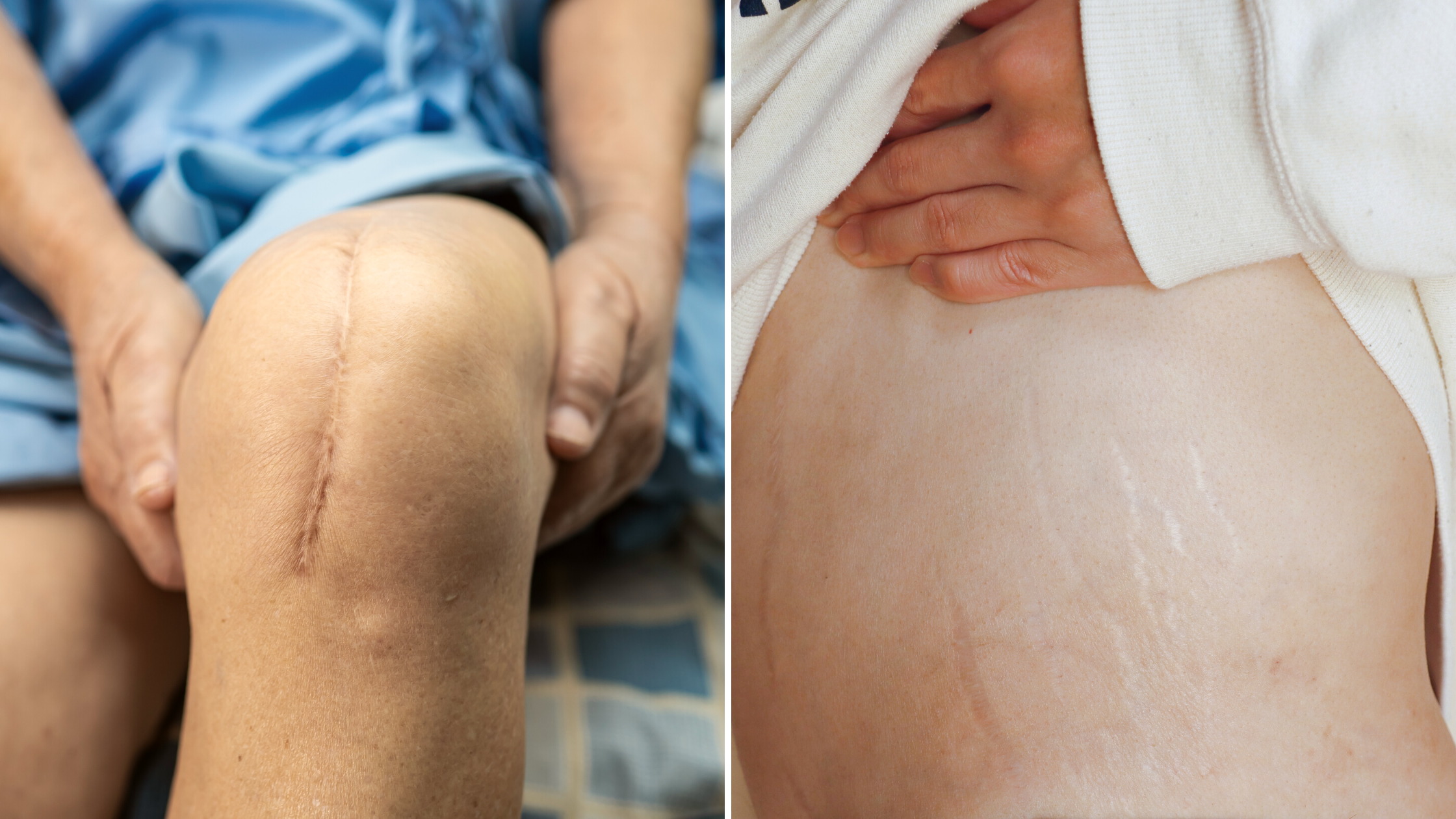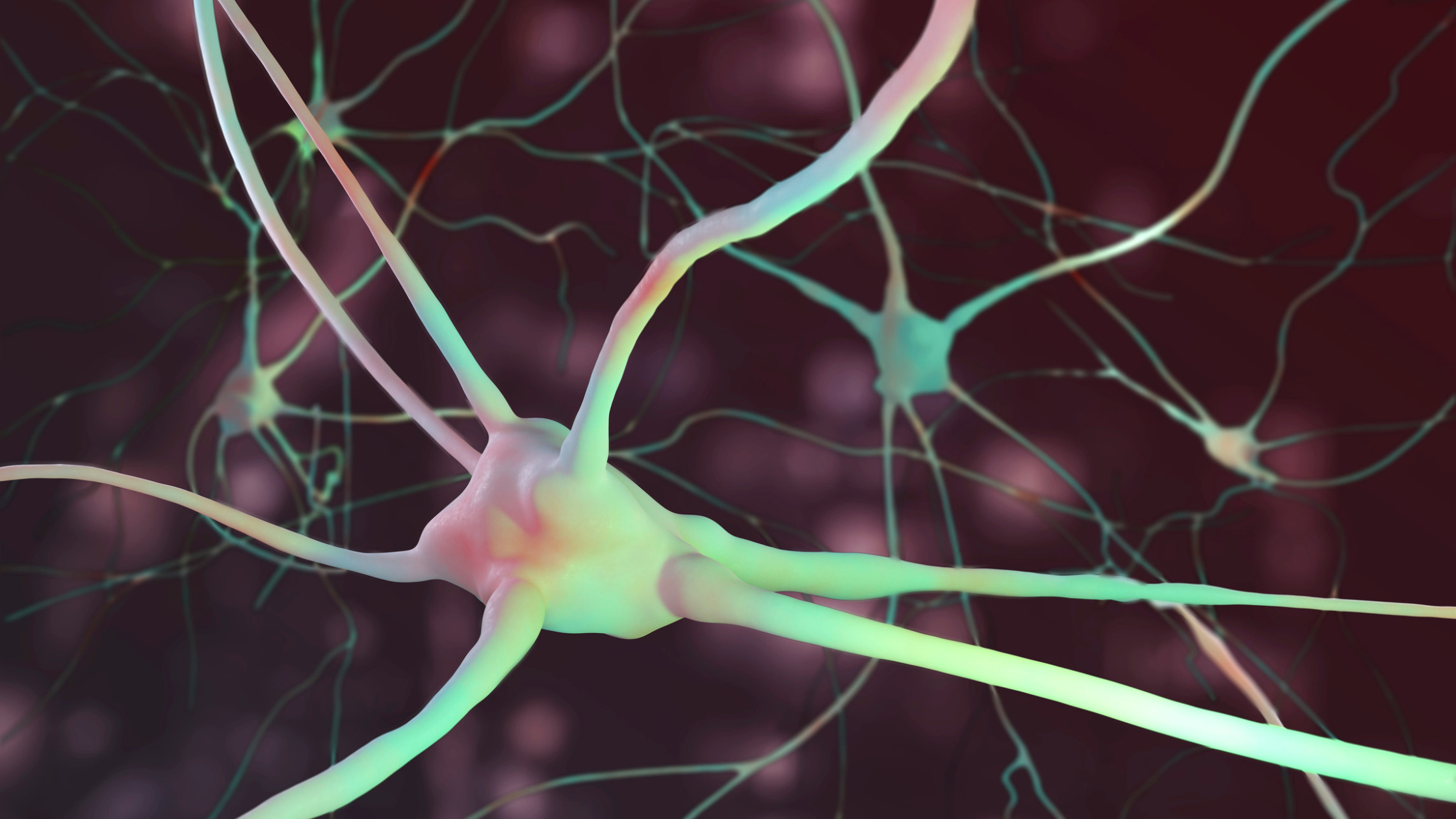Are you tired of living with chronic pain and determined to do something about it? Have you tried everything you can think of but still have little relief? It’s important to understand that treatments exist that can help get you back on your way to living the life you want to live.
In this article, I want to discuss the possibility that scar tissue may have a lot to do with your existing pain. Read on to learn more about scar tissue and how it can impact your chronic pain.
What is Scar Tissue?

Most people develop scar tissue after surgery, but scar tissue can also develop from a burn, a cut, or a sore. Scar tissue can form externally, but it can also form inside the body.
Can Scar Tissue Cause Pain?
Scar tissue does not always start off as painful. In fact, there may not be any pain from scar tissue in the early years. However, over time, scar tissue can become painful. Initially, nerves in the area where the damage or surgery took place can be destroyed along with the healthy body tissues that prevent you from feeling pain. But, over time, the nerves can regenerate, causing pain along with it. You may also experience scar tissue pain internally.
What Does Scar Tissue Pain Feel Like?
The amount of scar tissue pain varies based on the severity of the initial damage or wound and where it is on your body. While it may be difficult to describe what scar tissue pain feels like, here are some symptoms and other sensitivities that may occur from scar tissue pain:
- You may have itchiness, swelling, or inflammation around the area.
- There may also be redness or throbbing near the area.
- The area of the scar tissue may hurt to touch.
- It may be difficult to move due to pain or stiffness in that particular area.
Are There Different Types of Scar Tissue?

- Traumatic scars: These can leave traumatic scars on a person that can cause them to go through physical pain, and also psychological and social pain. The traumatic scar can lead to disfigurement which can lead to depression or anxiety.
- Keloid scars: These may not be as traumatic as traumatic scars but are fairly visible above the skin surface. These scars are often found on the earlobe, breastbone, shoulder, back, and face.
- Surgical scars: After a person has surgery, incisions are left and can take six to eight weeks to heal. Whether or not scarring is left depends on how well the wound heals.
- Stretch Marks: This is the result of skin that has quickly expanded or shrunk. This is common during pregnancy or for a person who loses or gains a substantial amount of weight.
How Does RAPID Work to Improve Scar Pain?
There are different approaches you can take to manage scar tissue pain. Some of the traditional approaches include at-home treatment, like moisturizing the area, physical therapy, laser therapy, or even surgery. But there are other treatments, like RAPID Neurofascial Reset, that can be used for persistent scar tissue pain that hasn’t improved from other methods.
Whenever somebody has an incision or some kind of surgery, we are taught that we shouldn’t touch that incision, that scar. So for example, if you had abdominal surgery, and it’s all sutured and dressed, you are advised to not touch it. But not touching it can create a sensory input that’s affected when you have a scar. That area of your body becomes desensitized.
We need to touch and manipulate the scar in order to break down the scar tissue that could be having an effect on another area of the body. It’s kind of like polyester when you burn it, or like plastic – the scar tissue crinkles up so it needs to be manipulated to loosen up and stretch it. The fascia or connective tissue in the body (the scar) needs to be manipulated. That is where RAPID can help!
Some Examples of RAPID and Scar Tissue Pain

What I have found in my practice is that many people come to me with pain, but don’t even realize that is it caused by scar tissue. They will approach me with pain in their knees or their backs, and I will look to see if there are any scars that might be causing the issue. So often, this is the case!
For example, I worked on one client’s C section scar, over 35 years after her operation, and it reduced the puckering and reduced the visibility significantly. She couldn’t believe that the pulling sensation was gone.
Another client was 82 and she had a strange and uncomfortable feeling just below her rib cage. She had been going for physio and massage therapy, but nothing was helping. I told her that many people suffer from abdominal scars, and asked if she had any. It turned out she had a scar from when she was four years old! After working on the scar using RAPID, that pulling sensation in her back was gone.
How I Test For Scar Tissue Pain
When a client comes for a consultation and we are diagnosing the issue, we conduct a scar tissue pain test. In this test, we put the client on their back with their feet up and we do an impulse or reflex test. The client puts their hand on the scar, and we can see by their reflexes which scar it is or what it is that’s causing the issue.
Usually, clients will come with some sort of muscle pain, and asking about scarring is just part of my questions when we begin working together.
How RAPID Unlocks the Central Nervous System

While self-treatments and other treatments may relieve temporarily, they may not be a permanent fix to the problem. As a Rapid NFR Specialist, I help people get relief from chronic pain by using the RAPID NeuroFascial Reset technique. Rapid works like physical therapy, targeting the soft tissues of the body. It works on movements at your full range of motion like acupressure or chiropractic treatment and brings relief to your ligaments, muscles, nerves, tendons, tissues – and scars!
When we have an injury, our central nervous system picks up the signal and directs our emotions and hormones. In addition, scar tissue develops and creates additional pain that is also picked up by our central nervous system. Ultimately this area becomes a highly sensitive area. This “neurological lock” makes the muscles and tendons in the area shorter and weaker, bringing about tendinitis, more pressure on local nerves, and even more pain.
Rapid is a process that will target those locks placed by the central nervous system to release constraints, restrictions, and tensions. In essence, the initial pain was thought to be permanent for the body by the central nervous system, but it just needs to be released.
Treatment for Scar Tissue Pain

If you’ve been trying to do it on your own without success, or if your doctors seem to have given up, you don’t have to. You haven’t exhausted all your options. I help men and women who want to live independently, be active and involved in their lives, manage their pain, and do it all comfortably within their own bodies.
Together, we can find a solution that allows you to continue to enjoy your activities, feel strong and confident, and live life on your own terms.
Book a free consultation with me. We’ll create a customized plan for your unique situation to get you back to regaining your ease of movement and enjoying activities again!
Did you like this article? You might also like:
What’s Causing Your Lower Back Pain — and How to Find Relief
Renewing Your Body with Rapid Neurofascial Reset



0 Comments